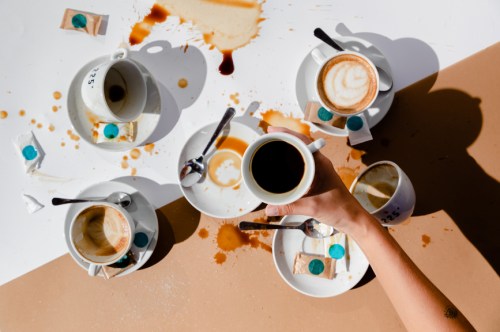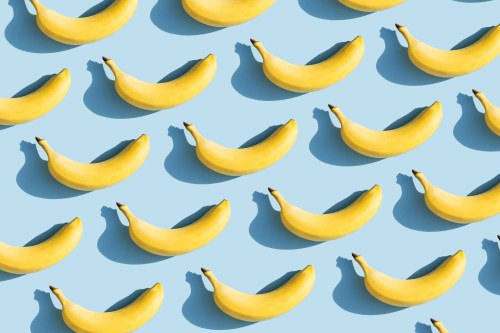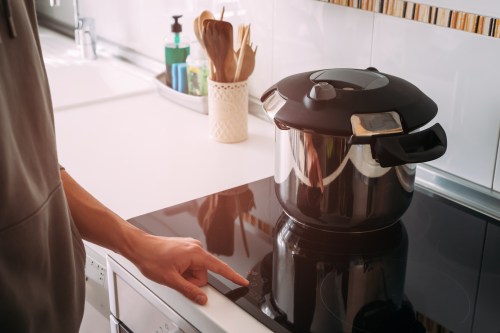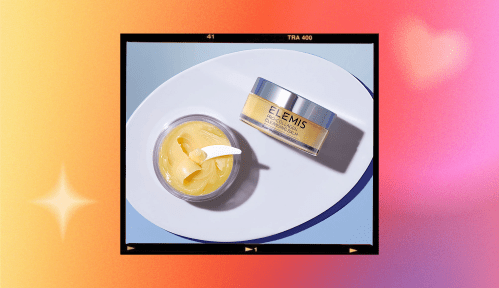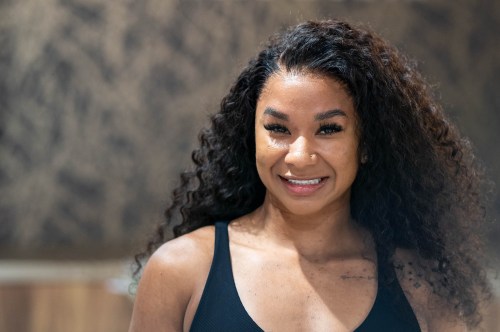Whether it’s cold brew, espresso, or good ol’ pour over, starting the day with a warm, soul-soothing cup of coffee is something akin to a ritual for many of us.
Experts in This Article
But blissfully chill brewing routine aside, if you’re like most coffee aficionados, the real reason you start your day with a cup of coffee can be summed up in one word: caffeine. And on those days when you are extra tired and the bags under your eyes are a little bit more pronounced, you may want an even more potent cup to get you through your day.
So, you may be wondering, which coffee brewing method will help you get the most caffeine?
Cold brew, which involves soaking coffee grounds in cold or room-temperature water for 16 to 24 hours at a time, has a reputation for being stronger than other types of coffee.
The same goes for French press, which involves soaking the coffee grounds for about five minutes, but uses hot water instead.
However, according to Jiyoon Han, co-founder of Bean & Bean Coffee Roasters in New York City, the brewing method alone doesn’t determine how much caffeine is in your cup. In fact, she notes that measuring caffeine in coffee is almost impossible to do outside of a laboratory.
“Caffeine extraction is, I would say, shrouded in mystery because there’s no affordable, convenient way to measure caffeine content,” says Han, adding that, “Caffeine extraction depends more on your own personal recipe than the specific brewing tools or devices.”
“Caffeine extraction is, I would say, shrouded in mystery because there’s no affordable, convenient way to measure caffeine content,” says Han, adding that, “Caffeine extraction depends more on your own personal recipe than the specific brewing tools or devices.”
The reason Han is skeptical that cold brew or any other brewing method has an upper hand when it comes to caffeine content has to do with what is known as the extraction yield—aka how much of the coffee grounds dissolve in the water during the brewing process. With any coffee brewing method, Han explains, the goal is to achieve an 18 percent to 22 percent extraction yield.
According to Han, there are three factors that affect extraction yield: the temperature of the water, the size of the grind and the contact time between the grounds and the water.
“Whether it’s pour over, espresso, or French press, you’re always trying to get between 18 and 22 percent by adjusting for contact time, grind size and temperature,” Han says. “Regardless of the method, your extraction yield percentage is going to be in that range.”
The reason cold brew is said to have more caffeine than other types of coffee has to do with the amount of time the grounds spend immersed in water, aka the contact time. “People say, ‘Oh, I drink cold brew because it gives me that extra boost of caffeine and the kick that I need in the morning.’ Where does that come from? It comes from extended contact time,” says Han. (On the other end of the contact time spectrum is espresso, which has a contact time between 25 to 30 seconds.)
However, the temperature of the water also affects extraction and, therefore, the caffeine content. Hot water extracts more coffee than cold water. And then there’s the grind size: The smaller the coffee beans are ground, the more surface area they offer up to come in contact with the water, which means more extraction.
Hot water extracts more coffee than cold water. And then there’s the grind size: The smaller the coffee beans are ground, the more surface area they offer up to come in contact with the water, which means more extraction.
“Think of it this way: If you were to fill up a room with basketballs and ping pong balls and then fill the room up with water, there will be more surface area of the ping pong balls that touches the water compared to the basketballs. That’s exactly the role that the grind size plays in terms of caffeine extraction. The smaller the grind size, the more extraction,” Han says.
All to say: While cold brew may involve a longer contact time between the coffee grounds and the water, it also uses colder water and a larger grind size compared to other forms of coffee, like espresso or pour over. This is why Han says that “at the end of the day, for the most part, the caffeine extraction is not too different.”
The key takeaway on the relationship between coffee brewing methods and caffeine content
Regardless of the coffee brewing method or tools you are partial to using—whether you prefer the ease of pour over or the ritual of the French press—you can increase the amount of caffeine (if you need an extra kick to get through the day) or decrease the caffeine (if too much makes you jittery) in your morning cup by adjusting the temperature, grind size, and contact time in your recipe.
“If you were to zoom in on one brewing method, like French press, you can decrease caffeine extraction by using slightly lower temperature, using a bigger coffee grind size, and minimizing the brew time,” says Han. “If you want to maximize caffeine extraction, you could increase the water temperature, make the grind size smaller, and keep the coffee and the water brewing together for longer.”
Sign Up for Our Daily Newsletter
Get all the latest in wellness, trends, food, fitness, beauty, and more delivered right to your inbox.
Got it, you've been added to our email list.
